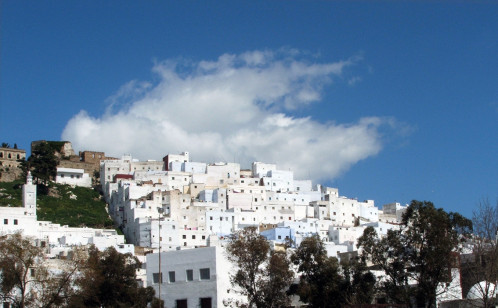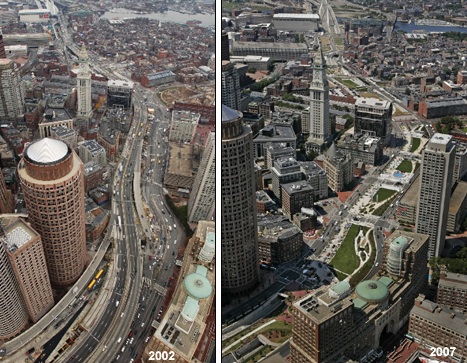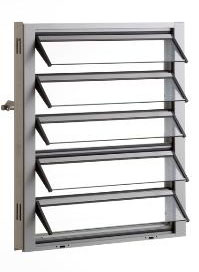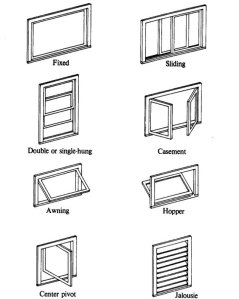I originally wrote this for Tashman Home Center
Weather stripping your home can save you money for several different reasons. While Southern California may not have harsh winters, it does have heat and our famous Santa Ana Winds and with climate change increasing the frequency and severity of both, weather stripping your home might be worth considering. Whether your cooling or heating a home or want to cut down on the amount of dust that slips in around your windows and doors, doing an energy audit will let you know if makes sense to spend the money weatherizing your home. Here is a list of professionals that provide Energy Audits,
If you’d prefer to check things our yourself, here are several things you can do:
Windows
Use a stick of incense or a candle during a windy day to go around the windows and see where air is leaking in. During this wind test also check the windows themselves for cracks or other problems that can easily be addressed.
When dealing with sliding windows, there are a few simple things that will make a big difference with respect to unwanted air flow. Attach vinyl weather strips to the sides of the windows and foam strips on the bottom. Also put a V-Channel weatherstrip where the window goes into the frame to create a complete seal. Another option if you don’t plan on opening the windows for a while is to fill the cracks with caulking. The best product to use for this purpose is called seal and peel caulk. It is made to be easy to remove so you can quickly open up your house when spring comes.
Doors
When you close your front door, ideally it will make a strong seal. Use open cell foam weatherstripping for the sides of the door and a sweep for the bottom to keep out drafts.
Visit Tashman Home Center
Visit our website’s Hardware Page to see some of the 20,000 items we carry in stock that can help you with your project, or stop by our showroom at 7769 Santa Monica Blvd, West Hollywood 90046 and get assistance from our terrific and knowledgable staff. See Map
Filed under: conservation, Energy, Gadgets, Green Building, Recycling | Tagged: Conservation, Efficiency, Gadgets, sustainable design | 2 Comments »





















